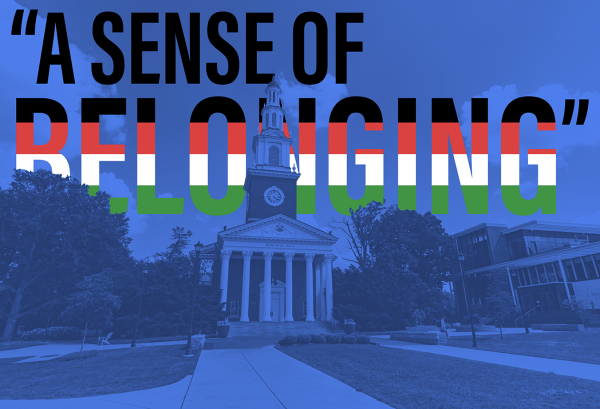Frida Kahlo: A paralyzed body with a turmoil brain
October 24, 2022
Close your eyes. Imagine a tiny bedroom: a place where there’s only one bed with a messy white sheet, a dirty mirror, an old canvas with your watercolors and you.
There’s no communication with the outside world. You don’t have the connection brought by the internet. You don’t have a computer that can help you to search for some sort of entertainment. A TV is too big to fit in this room. There’s just a bed, a mirror and you.
That’s the picture that always passes through my head when I recall the unscripted life of Frida Kahlo. Her name doesn’t need an introduction. Every single human being should know this remarkable woman. But because rich information about rich minds is not well shared in an unequal society, here is a brief summary for those who don’t know her.
Kahlo (1907-1954) was a Mexican painter known for her surrealist-inspired self-portraits, as well as her photographs. She was born Magdalena Carmen Frida Kahlo y Calderón in the village of Coyoacán, Mexico, on July 6, 1907. That’s what art history books will tell you. They are not wrong but may be incomplete.
When we close our eyes and try to recreate in our minds her face, the very first thing that stands out is her symbolic beauty:a tool that later became the fuel for the feminist movement. She lived in a systematic society where the man was the protagonist – not a big surprise for us.
The art production, therefore, was manifested through the male perspective even if the main character of a painting was a woman. Frida created, however, her own manifestation through her brushes. She was a hurricane in the art world but also in politics. She was present. She was vivid, just like her paintings.
Kahlo was a survivor. Throughout her life, tragedy was her most intimate company. Many researchers believe that Kahlo was born with spina bifida, a condition that affects the development of the spine. The illness was the first of many illnesses that would further complicate the pain and problems she had later in life.
At age 6, Kahlo was diagnosed with polio. This made her right leg thinner than her left, and the decreased circulation in her leg caused chronic pain throughout her life. The illness also forced her to be isolated from her friends, as she had to put off starting school for months.
At 18 years old, on Sept. 17, 1925, Kahlo and her boyfriend, Alejandro Gómez Arias, were walking home from school when a wooden bus collided with a metal tram. Several people died, and a near-fatal iron pierced her pelvis, fracturing the bone. She also had breaks in several ribs, her legs and her collarbone.
After the accident, she spent a month in the hospital and another two months recovering at home. Although she longed to return to normal life, Kahlo continued to experience fatigue and back pain. It was discovered that the accident had also displaced three vertebrae. Treatment included wearing a plaster corset, and she was confined to bed as part of her recovery.
That’s the exact image that I have of her: a paralyzed body with a turmoil brain. Kahlo only had herself, her canvas, her bed and her mirror. Staying in the same position for hours determined her passion for observing the most intrinsic features of her soul.
Kahlo chose to use her art as her medicine since she had an incredible ability to capture and translate pain into an authentic portrait. Her canvas was her mirror. She was genuinely alive because of her willingness to look at her reflection.
“I am not sick. I am broken. But I am happy to be alive as long as I can paint,” Kahlo said in Time Magazine, “Mexican Autobiography.”
The world outside couldn’t be louder than her own silence of looking at herself in that dirty mirror.
Painting became a way for her to explore questions of identity and existence on a profound level. Reflecting on that time, Kahlo once said that the accident and the period of isolated recovery made her want to paint things as she saw them with her own eyes and nothing else.
It’s more than unique to see Kahlo as a person who, even without having the power to move her body, could resonate, just with her self-portraits, so deeply with many other people from totally different backgrounds. When we look at her painting, we don’t only think about her beauty, but specifically about her voice demonstrated in the details that relate so personally to each appreciator of her art.
Details were one of her biggest focuses. They weren’t in the paintings because she wanted to promote revolutionary techniques in her artistic manifestation but because details were the only subjects she could see while she was in bed.
She was paralyzed and heavily suffering, but she had energetic eyes that couldn’t stop themselves from being in constant movement.
Now, close your eyes once again. But now, try to imagine yourself on this current planet, inside that same bedroom described earlier. It’s a challenge to put ourselves in the shoes of giants like Kahlo, but just give yourself a chance to feel what she felt, to actually see yourself being the most active when you’re just listening to your own heartbeat and your breathing.
Is that a devastating portrait or a sign of humanization?
Would you buy that picture?























































































































































